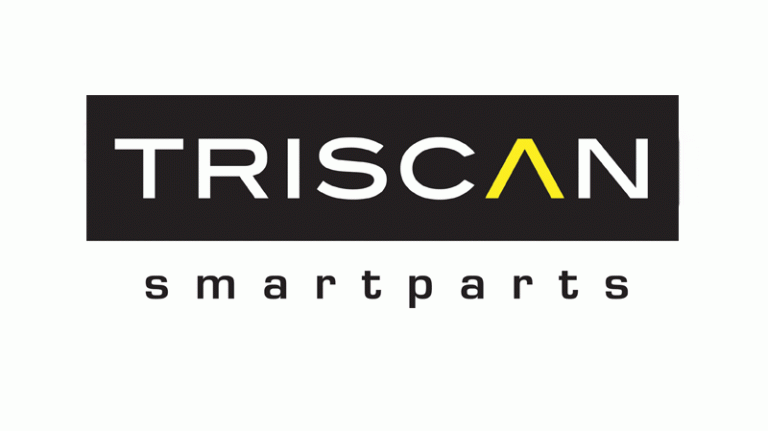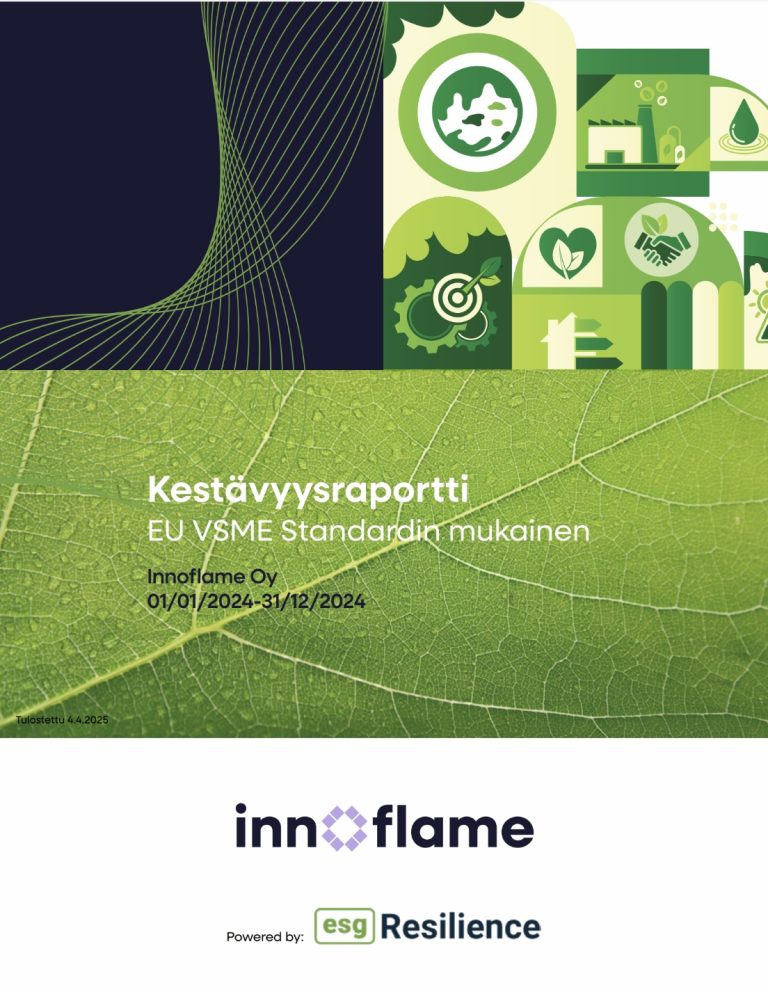This spring, the European Parliament adopted a reform of the EU’s ETS as part of the “Fit for 55 in 2030” package, the EU’s plan to reduce greenhouse gas emissions by 55% by 2030 compared to 1990 levels. Emissions trading is one of the cornerstones of EU climate policy, putting a clear price on the emissions of companies in the sectors covered by the scheme, thus encouraging companies to cut their emissions. With the reform, a new separate ETS II for road transport fuel use and building-spesific heating will enter into force in 2027. The reform will be postponed until 2028 if energy prices remain exceptionally high.
What does this mean in practice?
The players in the emissions trading scheme are fuel distributors, so the reform will affect SMEs as a potential cost increase. In a few years’ time, companies in the road freight transport and real estate sectors will therefore face the impact of the new emissions trading scheme. The higher cost of using fossil fuels is of course intended to encourage a shift to less emission-intensive energy sources. It is therefore important for companies in these sectors to try to anticipate the future of their environmental activities and integrate sustainability into their business strategy now at the latest.
Achieving the objectives of the “Fit for 55” climate package requires ambitious measures and keeping an eye on the horizon. With 99% of EU businesses being SMEs and accounting for 63% of emissions from the EU business sector, involving SMEs in the green transition is essential to meet the EU’s climate targets.ilmastotavoitteiden saavuttamiseksi. The EU is developing incentives for more sustainable business development and a green shift, especially in emissions-intensive sectors. In addition to the Emissions Trading Scheme, a good example of this work is the EU taxonomy, the classification system for sustainable finance. Although at this stage the increased regulation will not directly affect SMEs, the impact will reach them through banks and the value chains of larger firms. An ambitious business strategy for sustainable development will also be a competitive advantage for SMEs in the future and an essential part of cost and risk management.
In adapting to changes in the business environment, it is important above all to understand the risks and threats to your business from changes in the environment and society, and the impact of your business on the environment and society. The first step is to analyze your own climate risk profile, starting with an assessment of emissions and greenness of the business. You will then be able to plan your future business based on the climate risk profile analysis.
Are you an entrepreneur or SME manager looking for more understanding on emissions inventories, greening your business, assessing climate risks and developing a sustainable business strategy? Contact the esgResilience team, we are happy to help you.

